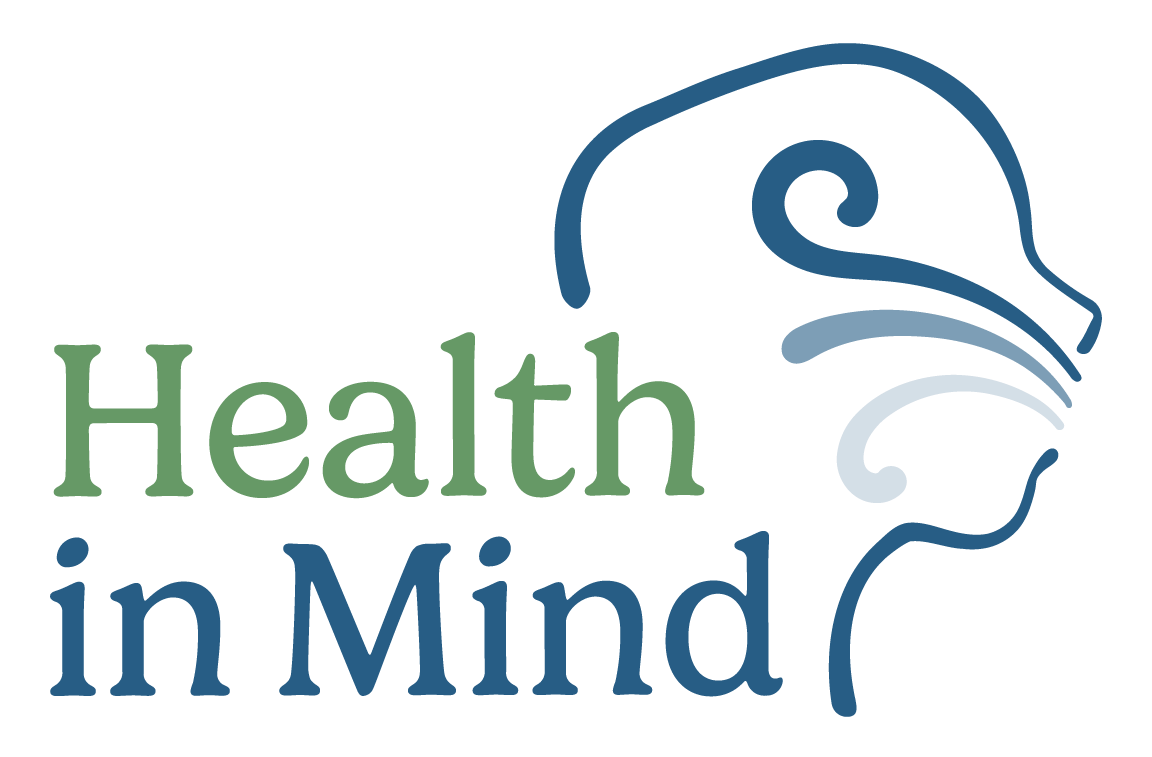Is PCIT Good for ADHD?

Yes, PCIT can be a great treatment method for children with ADHD. This approach not only helps kids regulate their feelings but also strengthens the parent-child relationship by teaching parents effective ways to interact and guide their children.
PCIT helps parents manage their children’s difficult or disruptive behaviors, strengthens parent-child bonds, and promotes healthier emotional development for children.
Why is PCIT Good for ADHD?
PCIT targets key developmental areas that children with ADHD often struggle with.
Research indicates that, overall, PCIT is highly effective in improving child behavior and compliance, while also enhancing parent-child relationships – (as well as relationships with other family members such as siblings). It also encourages more positive and effective parenting styles (e.g., better communication, less use of corporal punishment, improved emotion regulation), and even reduces stress and frustration for parents. Additionally, studies on the effectiveness of PCIT for children with ADHD suggests PCIT is an effective treatment for reducing inattention, hyperactivity, and impulsivity. It has also been shown to improve child executive functioning and emotion recognition skills, particularly among those who implemented PCIT-Emotion Development (PCIT-ED), an adaptation to the standard PCIT model that supports children with depressive disorder and/or ADHD.
What Strategies do PCIT Therapists Use?
The “strategies” therapists use are implemented in phases and require both the parent and child to be present. In a PCIT session, therapists work with children and their parents (or caregivers) jointly. The therapist observes parents interacting or playing with their child using a one-way mirror or live video feed and provides parents “in-the-moment” coaching through an earpiece. In a “standard” cycle of PCIT, treatment is divided into two main phases: (1) the Child-Directed Interaction (CDI) phase, and (2) the Parent-Directed Interaction (PDI) phase.
The CDI phase
The CDI phase (sometimes referred to as the relationship enhancement phase) focuses on building strong, positive relationships between the parent and child, reinforcing good behavior, and fostering a secure attachment. During this stage, the child leads the play activity, and parents are taught to respond to their child’s behavior with warmth and clear communication. More specifically, parents learn to use skills represented in the “PRIDE” acronym: Praise, Reflection, Imitation, Description, and Enjoyment.
The PDI phase
The PDI phase focuses on behavior management, or equipping parents with tools to effectively discipline their child while also maintaining the positive relationship built during the CDI phase. During this phase, parents direct the child’s activity, and the therapist trains them to use structured techniques to discipline and manage their child’s behavior calmly, assertively, and respectfully. For example, parents are taught: to clearly communicate rules and expectations that their child can understand and follow; administer appropriate consequences when a child misbehaves (steering away from harsh punishment); and, follow through with consequences and not give into the child’s attempts to avoid or negotiate discipline.
The Emotion Development Phase
The CDI and PDI phases are a complete cycle of the PCIT modality; however, in the case of children with ADHD, a therapist might also incorporate a third phase: PCIT-Emotion Development (PCIT-ED). During this phase, parents receive emotion coaching and are provided skills to support their child’s emotion regulation. They are provided guidance on recognizing emotions in their child and implementing strategies to support children when exhibiting heightened emotions. The therapist also teaches the child how to recognize their emotions and use effective coping strategies (e.g., diaphragmatic breathing). The intent is to help parents understand and validate children’s emotions and model appropriate emotional responses. Additional information about PCIT-ED can be found in this research brief shared at the 2019 PCIT International Convention.
What Type of Therapy is Most Effective for Children with ADHD?
Tackling ADHD among children can be challenging and each child requires a different approach. While Parent Child Interaction Therapy is a proven method, it may not be right for you (e.g., it may just not fit your schedule). Thankfully, there are other types of therapy that have proven to be helpful, including Cognitive Behavioral Therapy and Play Therapy.
Cognitive Behavioral Therapy
Cognitive Behavioral Therapy (CBT) helps children with ADHD by providing them with various coping strategies to manage their symptoms, improve self-control, and develop organizational and problem-solving skills. CBT also addresses negative thought patterns and helps build children’s self-esteem.
Mindfulness practices might also be incorporated to improve focus and attention. At Health in Mind, we offer mindfulness in-person mindfulness sessions in-person and guided meditations.
Play Therapy
Play Therapy can be used to help a child express troubling or upsetting feelings. During a session, the child uses toys in place of words to express themselves. The goal is to gain a better understanding of the child’s emotional or social skills. From an ADHD perspective, Play Therapy can be used to help children learn new and better ways to focus and develop in areas where they are exhibiting challenges associated with ADHD.
Finding a PCIT Certified Therapist
The most effective way to locate a PCIT therapist is to contact your local therapist office directly. At Health In Mind, we can connect you with a dedicated PCIT therapist and help you begin your journey. If you’d like to learn more about our PCIT services, please give us a call at 804-277-9355 or complete our form to get started.
